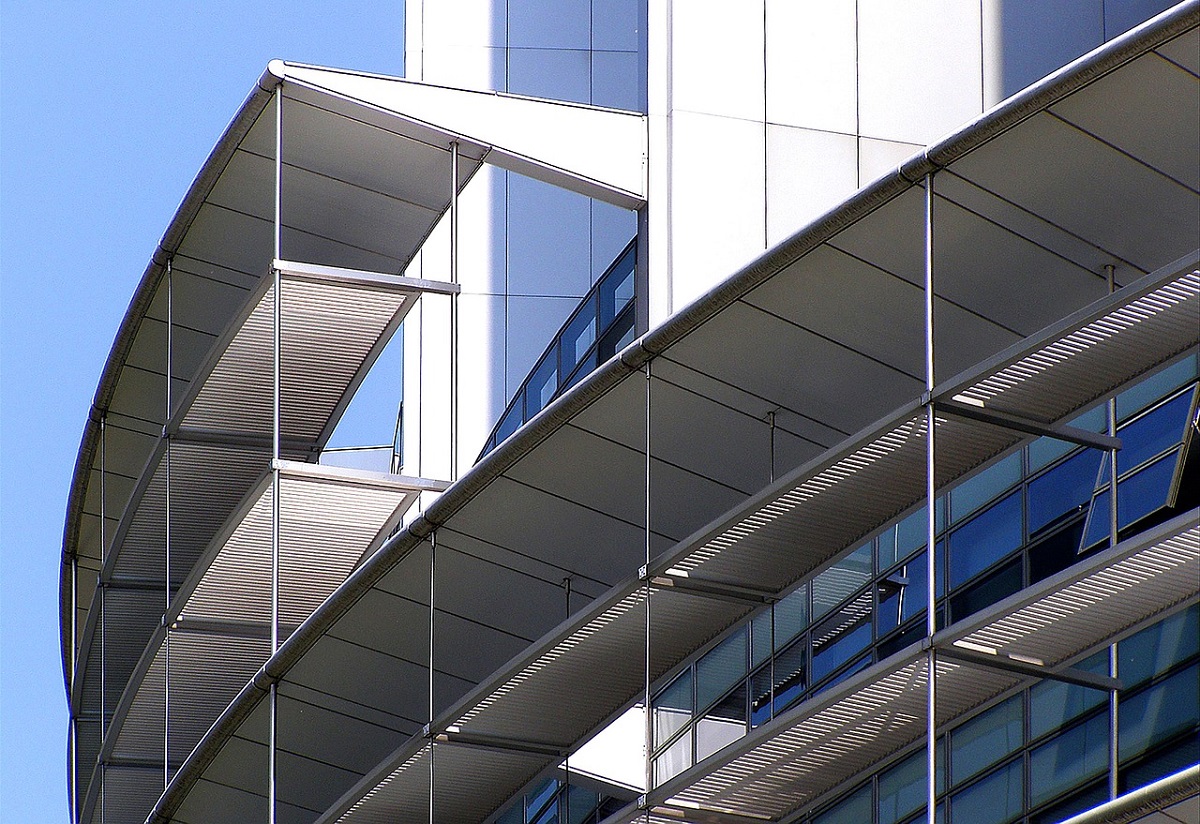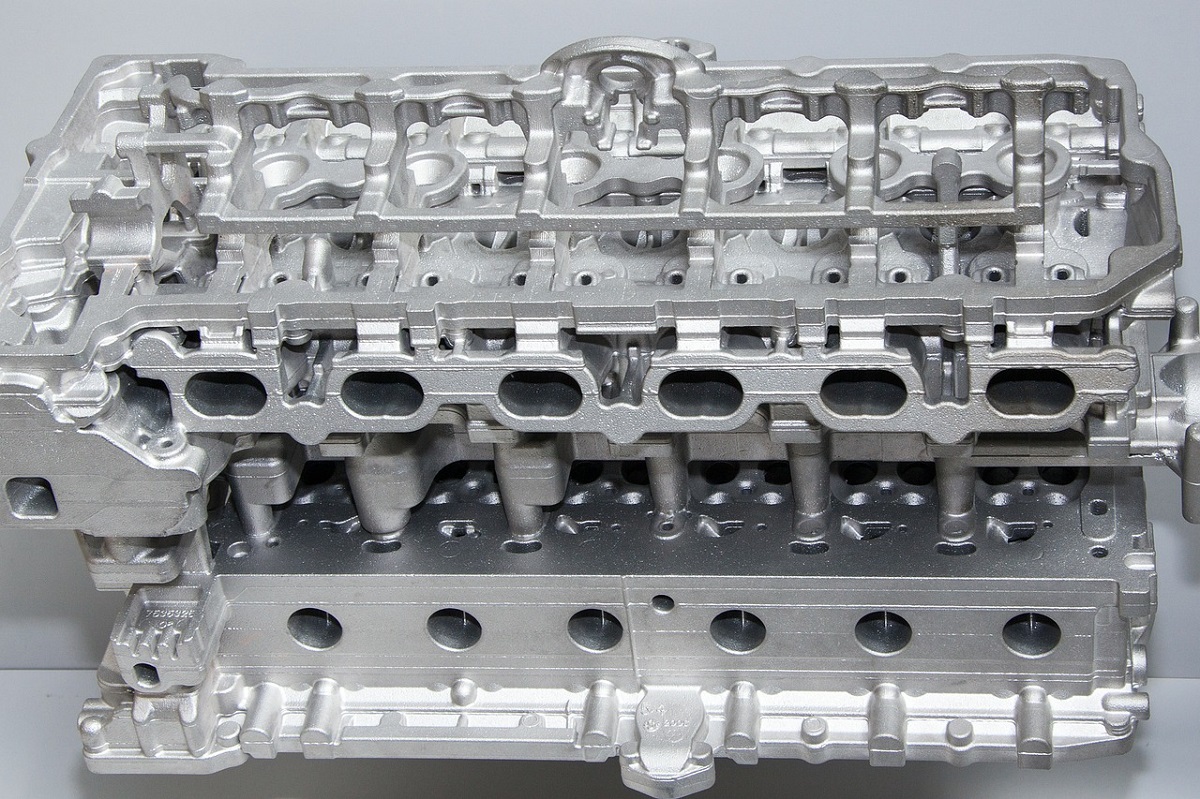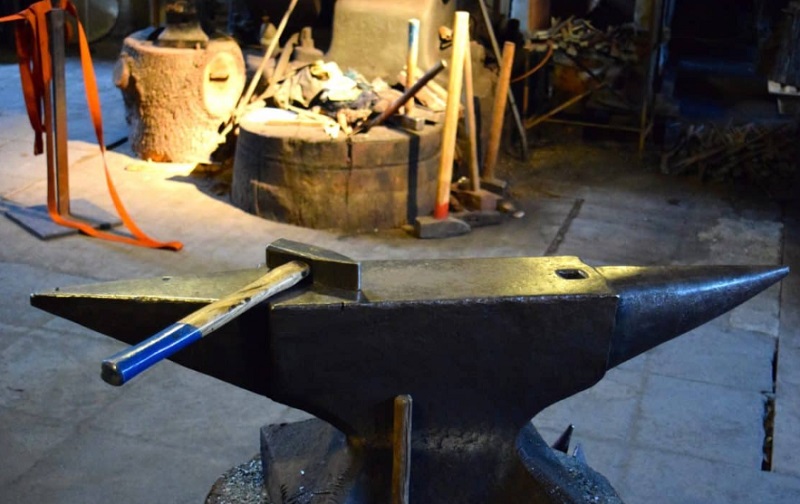What are the reasons to choose aluminum over carbon fiber?
- Price
- Availability
- Durability
- Repairable
- Recyclable
- Heat resistance
With the growing popularity of carbon fiber in various industries and a wide range of markets, it may not be as easily accessible as one of the most popular lightweight and strong materials as an alternative. In the Philippines, aluminum is still widely used in the fabrication of bicycles and car parts. Though carbon fiber may seem like a good choice for fabrication, aluminum still has its advantages over composites such as carbon fiber.
Price
Without a doubt, if you’re looking for a cost-effective way to make use of a lightweight material that has a great strength to weight ratio, aluminum would be the way to go. On the market, it may not be practical to choose carbon fiber over aluminum if your quest for lightweight and strength in materials will take a toll on your wallet. Carbon fiber costs almost 5 times the price of aluminum.
With all the perks you get from aluminum, every pound of this metal is well worth your money. Transportation, construction, electrical devices, and consumer goods reap the benefits of aluminum’s cost-effectiveness due to its amazing physical properties and for how much it’s worth.
Availability

Before the World War, aluminum was difficult to come by. This scarcity meant that aluminum was once an expensive material. But after the war, the world suddenly had a massive surplus of aluminum. Today, you can easily purchase aluminum. In the Philippines, there are dozens of aluminum shops in almost every city.
Everywhere you go, you can find aluminum. Its commonness is why many people choose to use aluminum as a material compared to carbon fiber. Many race car drivers would choose to make their body panels out of aluminum due to its wide availability and of course, its cost as well. Metal suppliers such as One Sky Philippines will always have aluminum ready for you to purchase.
Durability
Compared to carbon fiber, aluminum does a better job at receiving forces from different directions. It is true that carbon fiber has a higher shock resistance than aluminum but it is only meant to receive force from one direction. When sudden force is applied at a direction that carbon fiber is not meant to handle, it will break. Aluminum, on the other hand, is isotropic; that means that the physical properties of aluminum have the same measurement in all direction. In simple terms, aluminum has higher structural durability when receiving forces from any direction.
Of course, both materials have a shock limit. The downside of carbon fiber reaching its shock threshold is that it shatters. When aluminum receives the same amount of force, it will bend under its limit. This makes it ideal for aluminum to be used for aircrafts and automobiles as they are likely to deflect certain objects during their travels. They cannot risk parts from shattering as it would compromise safety.
Repairable

This one of the major reasons to choose aluminum over carbon fiber. As discussed earlier, aluminum will bend under its shock limit. When it does, it is easy to repair and reshape back into its original form without sacrificing its rigidity. It’s one of aluminum’s best properties. When carbon fiber shatters, its original structure cannot be repaired. Though the composite can be reused, it would take much more effort to construct another carbon part.
This makes aluminum ideal for trail bicycles and underbody aerodynamic components for race cars. As these are often subjected to extensive abuse and will likely receive impacts. Repairing them would be easier than having to spend more to replace the whole thing.
Recyclable
Aluminum is 100% recyclable. Though carbon fiber can be reused. Shattered pieces of composite would mean a loss in the overall mass of carbon fiber. While broken aluminum can simply be re-melted and formed back to shape via forging or casting. Re-shaped aluminum maintains the same physical properties of its original structure. Only 5 percent of energy is required to recycle aluminum in the whole recycling process.
Heat Resistance

Aluminum is capable of resisting extremely hot and cold temperatures. Under higher temperatures, carbon fiber degrades at a quicker rate, causing it to potentially deform under immense heat. In cold temperatures, carbon fiber can shatter easily. Under subzero temperatures, the tensile strength of aluminum slightly increases. Many aluminum alloys are ideal for structures in cold temperatures. Aluminum is known to withstand extreme heat and has a melting point of 660 degrees Celsius.
Key Takeaway
Aluminum is a top choice for those who are seeking to make use of this strong and lightweight material, without having to pay 5 times more for carbon fiber. You can achieve the same goal with aluminum alloys. It is a practical choice for those who want to build race cars, structures, and other components. Companies like One Sky Philippines can offer a wide range of aluminum materials.



